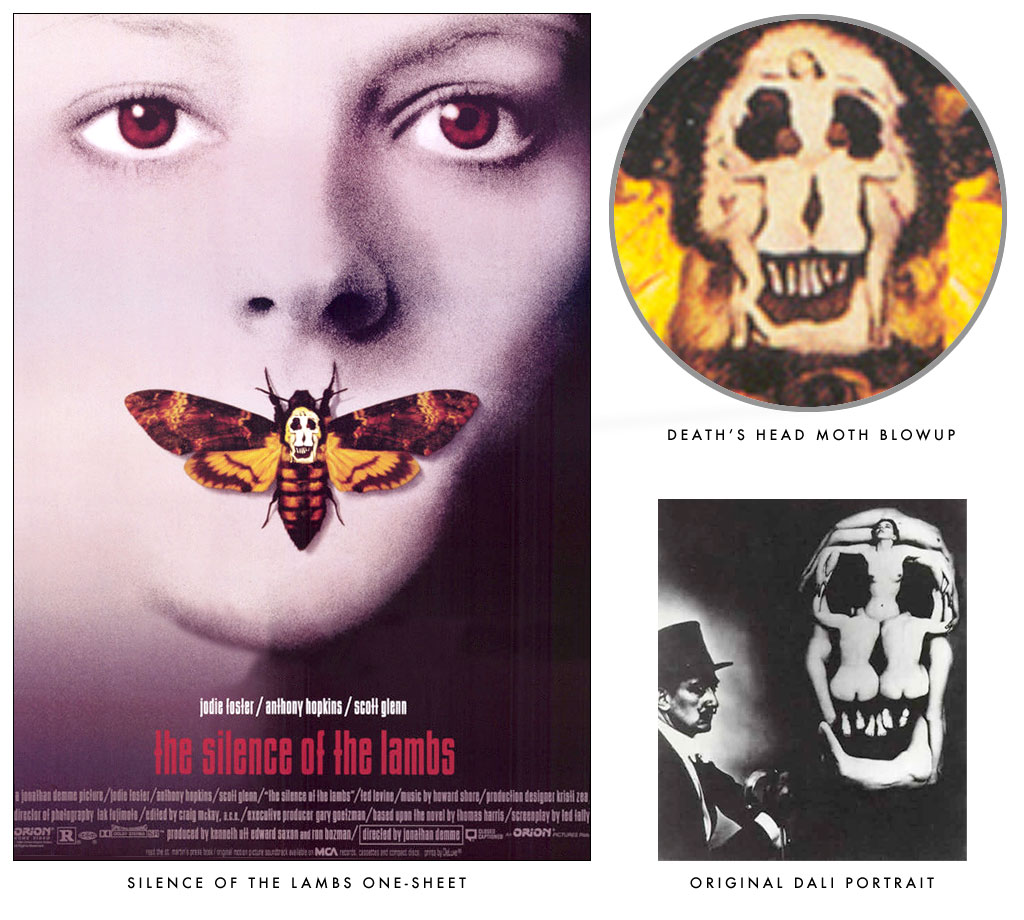One of the most controversial characters in advertising history was no more.
It was a great victory by social advocacy groups in the war on tobacco and teenage smoking.
Despite of his dubious morality, Joe has been an extremely succesful advertising character, responsible for trasforming the old fashioned Camel cigarettes in modern and cool brand.
Joe Camel first appeared in the U.S in 1988, in materials created for the 75th anniversary of the Camel brand by Trone Advertising.
From an advertising perspective, Joe was a perfect ‘conveyor’.
He's a cool character: he drives luxury cars, rides powerful motorbikes and is succesful with girls.
Therefore he became a model for young people.
Why Joe was so successful?
The main reason is the Self-concept.
"The self-concept refers to the believes a person holds about their attributes" (Solomon et al, 2010).
One of the main components of self-concept is self-esteem which refers to the positivity of a person self concept.
The Joe Camel campaign influenced the level of self-esteem of young people triggering a process of social comparison; hence they tended to evaluate theirself in comparison to Joe.
Young people smoke for emotional reasons and cigarettes can meet these needs by being aspirational and acting as a bridge, filling the gap between actual self and ideal self.
Adolescents perceive smokers to be different from nonsmokers. For example, peer smokers are described as tougher and more interested in the opposite sex (Chang, 2007).
Camel marketing suggested that smoking can help meet these needs of self-fulfilment.
Evans and colleagues of the U.S. National Cancer Institute surveyed 3,536 California never smokers aged 12 to 17 years.
60.5% of those aged 12 to13 years, 69.2% of those aged 14 to 15, and 72.9% of those aged 16 to 17, perceived that cigarette advertisements claimed smoking would help them feel comfortable in social situations.
Of course Camel was not the only cigarettes brand to rely on customer's ideal self.
This Marlboro ad conveys the message of masculinity related to smoking.
This Marlboro ad conveys the message of masculinity related to smoking.
Capri cigarettes, another brand manufactured by R.J. Reynolds as Camel, was specifically marketed towards women as a way to increase their sex appeal.
Marketers used images of young, beautiful and sophisticated women to convey a message of femininity related to Capri cigarettes.
In conclusion i must tell you don't smoke or you will come to the same bad end of Joe Camel: http://www.youtube.com/watch?v=vnAIU5_0prE
See you soon Hitchhikers and...keep on feeding your Babelfish!
Sources
> Chang, C. (2007) Ideal Self-Image Congruency as a Motivator for Smoking: The Moderating Effects of Personality Traits. Health Communication, vol.22, 1
> Solomon, M., Bamossy, G., Askegaard, S. and Hogg, M. (2010) Consumer Behaviour: a european perspective. 4th ed. Harlow, Essex: Pearson Education.











